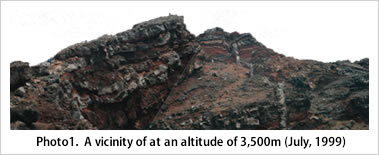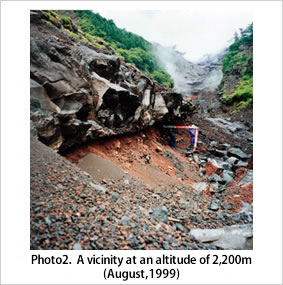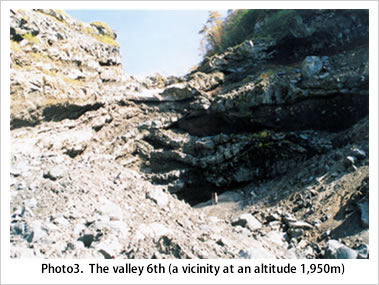Mt. Fuji & Sabo Project
Front Page>
Mt. Fuji & Sabo Project >
Innovation >
The Current State of the Osawa Failure
The Current State of the Osawa Failure
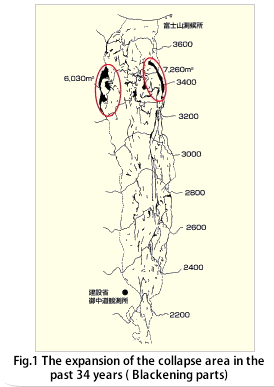
|
|
|||||
|
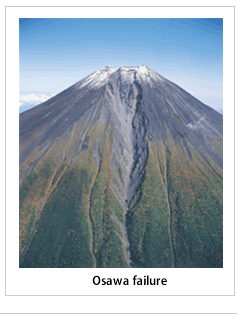
|
|||||
|
||||||||||
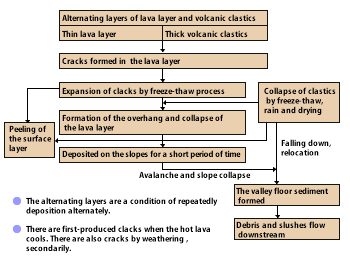 |






















